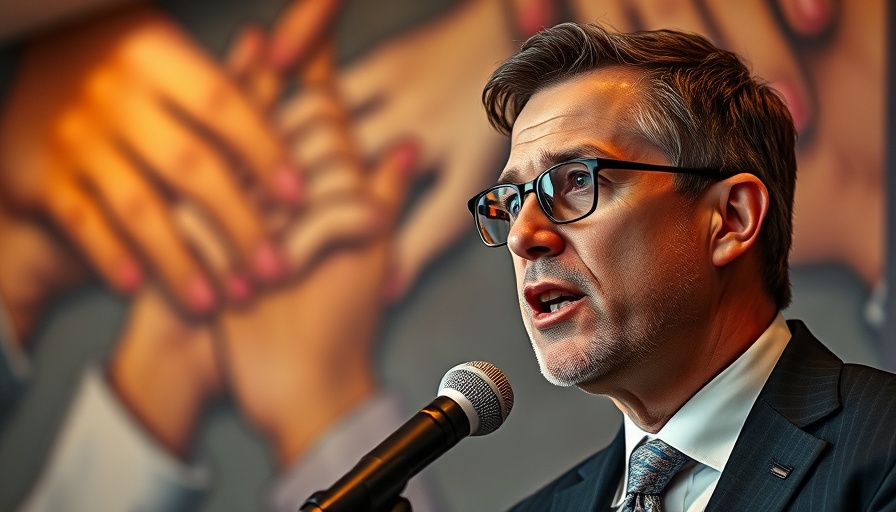
Scott Wiener: The Face of Safer Upzoning in San Francisco
State Senator Scott Wiener, towering at 6-foot-7, has recently taken center stage as the controversial advocate for upzoning in San Francisco. Known for his straightforward approach to governance, Wiener has become the political heavyweight—often viewed as the ‘bad guy’ in the ongoing debate surrounding the city’s latest housing measures.
Upzoning: A Complex Issue with Clear Consequences
Wiener's latest legislation, Senate Bill 79, aims to facilitate housing development around key transit areas. Supporters argue this will enhance public transportation robustness and address California's housing shortages. However, critics contend that the bill is poorly structured, with claims that it prioritizes a few powerful landowners while neglecting broader community needs. A critique published by OB Rag points out that the bill's geographic focus—limited to only a handful of counties—may render it ineffective in addressing the statewide housing crisis.
The Unfolding Political Drama in San Francisco
Recent polling data reveals a troubling narrative for Wiener: less than one-third of San Franciscans view his proposals favorably. In the traditionally less receptive District 4, he fared even worse, with a considerable percentage indicating disapproval. This discontent stems from an apparent disconnect between government initiatives and community members’ desires for more organic, impactful engagement in development discussions.
Counterpoints: Diverging Perspectives on Upzoning
While the politicians urging Wiener to toe the line cite local pushback, there are factions within the community who stress the urgency of housing supply. Advocates for urban development remind critics that population growth in the Bay Area necessitates innovative solutions and denser living options—however uncomfortable that idea may be for some constituents.
A Closer Look at Community Sentiment
Historically, San Francisco has prided itself on community activism and fierce local pride, yet it finds itself at a crossroads. Many voters express frustrations not so much with Wiener’s approach, but with the very real consequences of housing shortages, rising costs of living, and an influx of new residents. It begs the question: how ready is the city to make tough decisions for future sustainability?
Future Predictions: What Lies Ahead for San Francisco?
The repercussions of these upzoning measures might take time to unfold, but if successful, they could redefine the cityscape within a few years. Though Wiener’s current standing may appear precarious, political analysts speculate that his unwavering commitment to housing advocacy may resonate more positively in future elections—especially if he positions himself alongside progressive initiatives on climate action and social justice.
Engaging the Public: A Path for This Controversy
wIt’s crucial for Wiener and other local leaders to cultivate trust by fostering more transparent discussions around community needs and zoning proposals rather than simply dictating top-down solutions. Engaging voters through regular forums and town halls can transform the current frustration into collaborative problem-solving strategies.
A Call to Action: Hold Your Leaders Accountable
In navigating complex issues like upzoning, it is essential for residents to stay informed about local government actions and engage actively in the discussion. Whether it’s attending city council meetings or voicing opinions on proposed zoning changes, making your voice heard shapes the future trajectory of community development. Let's hold leaders accountable to create sustainable, affordable housing solutions for all.
 Add Row
Add Row  Add
Add 




Write A Comment